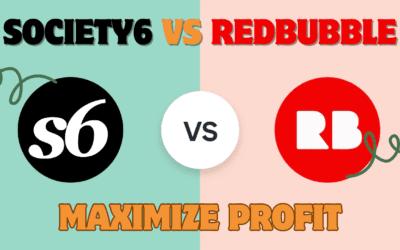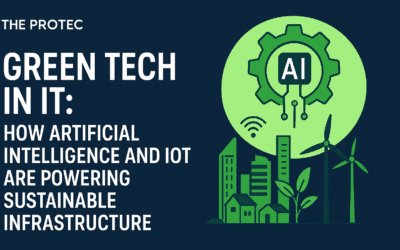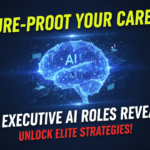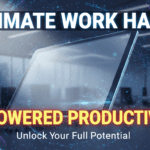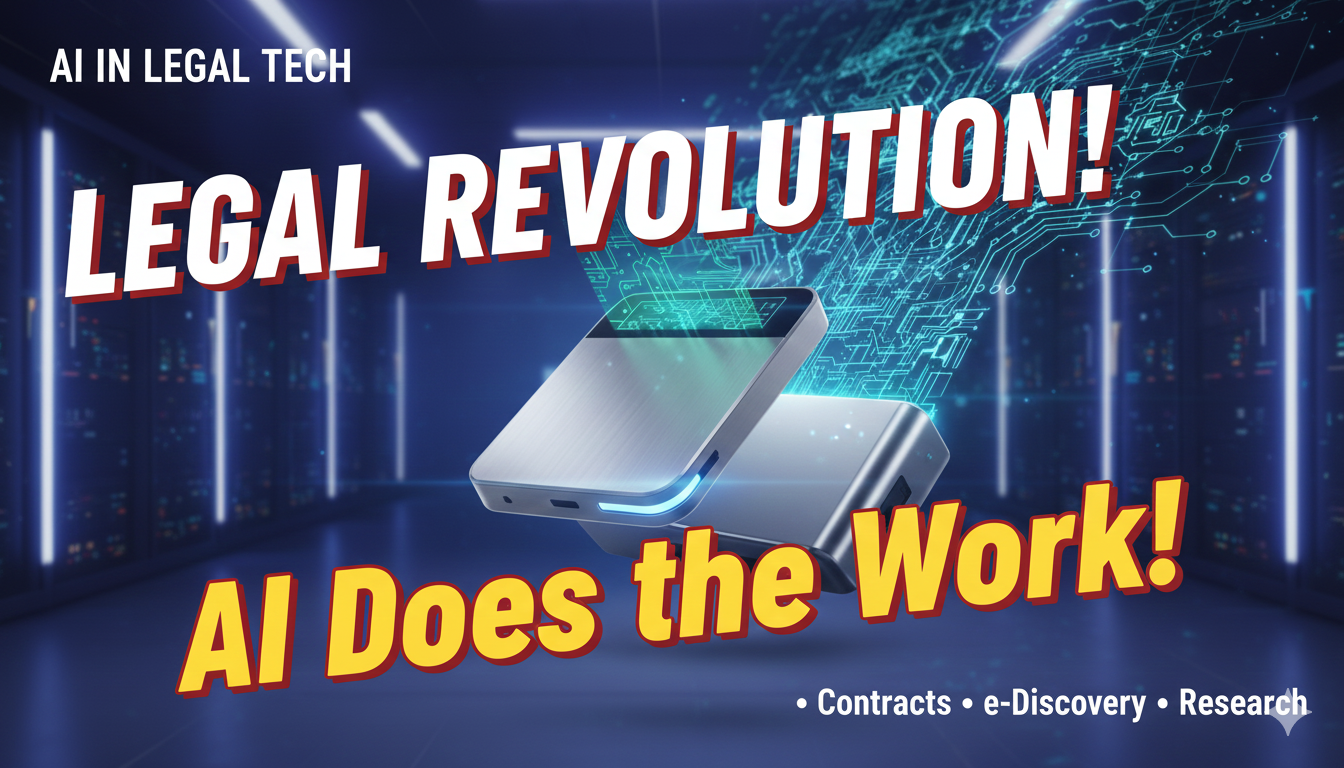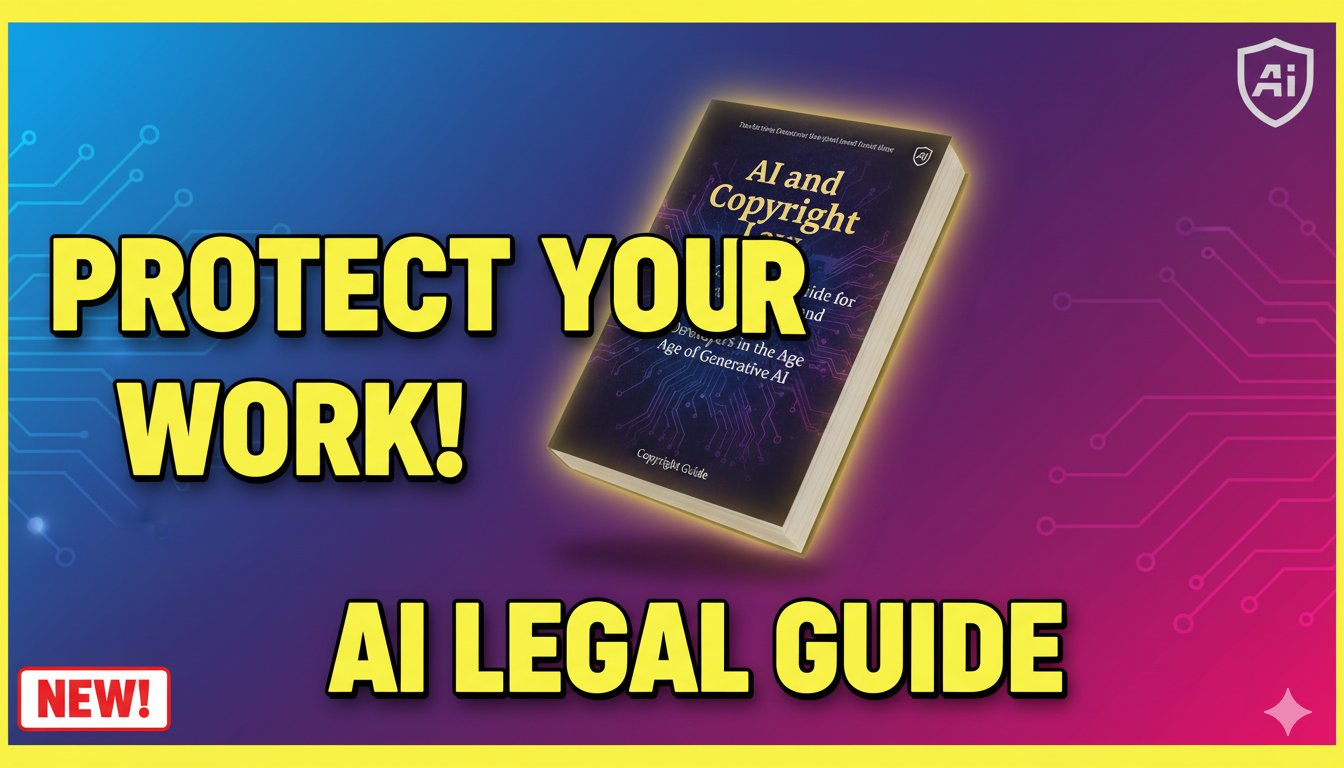Introduction: Embracing the Zero-Task Employee
Imagine a workday where mundane tasks are entirely handled for you, not by you. This isn’t about idleness; it’s about strategic evolution. Welcome to the rise of the zero-task employee—a professional liberated from repetitive tasks by artificial intelligence, freed to focus on uniquely human strengths like creativity, strategy, and emotional intelligence. This shift isn’t a distant fantasy. With nearly half of the U.S. workforce already using AI on the job , the transformation is underway. But a critical choice looms: will you use AI to automate your job away, or will you use it to augment your capabilities? The future of your career may depend on the answer.
Automating Your Job vs. Augmenting Your Job: A Critical Distinction
To navigate the AI revolution, you must understand the fundamental difference between two opposing approaches. The path you choose will fundamentally shape your role, value, and future in the workplace.
- Automating Your Job is a replacement strategy. It focuses on using AI to execute entire sets of tasks or roles with the goal of minimizing or eliminating human involvement. The underlying question is: “How can we use AI to perform this process without people?” The human is removed from the loop. As one CHRO notes, this approach often stems from a simplistic, fear-driven focus on “elimination” rather than building on potential .
- Augmenting Your Job is an amplification strategy. It focuses on using AI to handle specific, repetitive tasks within a broader workflow, empowering the human professional to focus on higher-value activities. The question here is: “How can AI make me better, faster, and more valuable at my work?” This creates a collaborative partnership where human-machine teamwork unlocks new levels of productivity and creativity .
The distinction is critical. As research into AI implementations has found, companies that succeed tend to “automate specific tasks within redesigned workflows, while those that fail attempt wholesale job elimination” .
The Data Behind the Shift: AI’s Workplace Impact
The move toward the zero-task employee isn’t theoretical; it’s backed by significant data on adoption and impact.
- Widespread Adoption: A recent SHRM report found that 45% of U.S. workers are already using AI in their jobs, with adoption rates among Millennials as high as 56% .
- Productivity Gains: The same report revealed that AI is delivering real benefits, with 77% of workers saying it helps them accomplish more in less time, and 73% acknowledging it improves their work quality .
- The Scale of Change: Accenture modeling indicates a staggering 44% of working hours in the U.S. are susceptible to automation or augmentation, highlighting the massive scope of this transformation .
- Workforce Readiness: Interestingly, employees may be more prepared for this shift than their leaders. McKinsey research found that employees are three times more likely than leaders to believe AI will replace 30% of their work in the next year .
AI in Action: Real-World Tales of Automation and Augmentation
Where AI Automates: The Case of Klarna
The financial company Klarna serves as a cautionary tale for full-scale job automation. The company pursued aggressive automation, only to later reverse course and rehire human employees in areas where AI agents failed to deliver the required outcomes . This experience underscores a pattern identified by McKinsey: many companies struggle to see value from AI investments aimed at wholesale job replacement, with some even retrenching and rehiring people where agents have failed .
Where AI Augments: The Gilion Agent Army
In contrast, the Swedish finance company Gilion showcases the power of augmentation. Instead of replacing analysts, Gilion deployed 82 different AI agents working within a structured investment analysis process. Each agent handles a specific, mutually exclusive task—such as data collection or qualitative research—and reports findings to parent managers. This AI “army” doesn’t replace the human analysts; it empowers them by providing deep, data-driven insights that eliminate human bias. The result, as co-founder Henrik Landgren states, is an “exponential improvement” in product value, turning analysts into super-powered experts .
Navigating the Risks: Ethical Considerations and Trade-Offs
Pursuing the zero-task employee model is not without its perils. A thoughtful approach is required to manage the following risks:
- Job Displacement and Inequality: The potential for AI to automate tasks creates a real risk of job displacement for roles built around those tasks. This could widen economic inequality if reskilling opportunities are not widely provided .
- The Widening Skills Gap: As AI adoption accelerates, the demand for new skills intensifies. A SHRM report warns of a widening skills gap, emphasizing the urgent need for upskilling to ensure employees can thrive alongside AI .
- Loss of Human Oversight: Over-reliance on AI systems can lead to a dangerous erosion of human judgment and critical thinking skills. A vast majority of workers (74%) agree that AI should be a complement to human talent, not a replacement, underscoring the need for oversight .
- Employee Resistance: Employees often view AI upskilling as a threat to job security, leading to disengagement . Success requires clear communication that augmentation, not replacement, is the goal.
Your Path to becoming a Zero-Task Employee: Actionable Insights
For Employees: Becoming an Augmented Professional
- Embrace Perpetual Learning: The most critical skill is learning how to learn. You cannot rely solely on your company or schools to keep you relevant. As one CHRO puts it, “If you as an individual just watch as the world changes, you’ll lose your job” . Use platforms like Coursera, LinkedIn Learning, and Udacity to proactively build AI-related skills .
- Identify Tasks for Delegation: Audit your daily responsibilities. Which repetitive tasks (data entry, report generation, initial drafts) could be handled by AI tools? Your goal is to offload these to become a zero-task employee for routine work.
- Develop Uniquely Human Skills: Double down on capabilities AI lacks. Focus on creative problem-solving, strategic thinking, empathy, negotiation, and building stakeholder relationships. These are your enduring advantages.
- Seek Internal Mobility: Use AI-powered talent platforms inside your company to discover new roles and projects. Research by MIT Sloan shows that 60% of employees are more likely to stay when offered clear internal career paths .
For Managers: Cultivating an Augmented Team
- Prioritize Task-Based Automation: Follow the successful model of companies like Gilion. Don’t try to automate entire jobs. Instead, redesign workflows to automate specific tasks . Use AI to handle the repetitive, allowing your team to focus on the interpretive and creative.
- Invest in AI-Driven Reskilling: Use predictive tools like Eightfold AI or Degreed to identify skill gaps and deliver personalized learning. McKinsey research shows companies that do this can reduce employee turnover by 30% . Make “enhanced training” your top priority, as 51% of workers already advocate .
- Redefine Productivity Metrics: When your team is augmented by AI, you cannot measure them by task completion alone. Shift performance metrics to value-driven outcomes like innovation, customer satisfaction, strategic impact, and the quality of decision-making.
- Foster a Culture of Human-AI Collaboration: Lead the conversation on augmentation. Clearly communicate that AI is a tool to elevate your team, not replace it. Build trust by involving employees in the design and implementation of AI tools .
Conclusion: The Future is Augmented
The concept of the zero-task employee is not an endpoint of obsolescence, but a starting point for a more human-centric workplace. The choice between automation and augmentation is, at its core, a choice about values. It’s a choice between leveraging technology as a blunt instrument for replacement or wielding it as a delicate tool for empowerment. The data is clear: the most successful companies and individuals will be those who design for partnership, who invest in perpetual learning, and who recognize that the ultimate potential of AI is not to make humans redundant, but to make us more profoundly human than ever before. The future of work belongs not to the robots, but to the augmented, the strategic, and the zero-task employee.
Sources and References
- Forbes. “AI Agents Work When You Automate Tasks, Not Entire Jobs.” https://www.forbes.com/sites/charlestowersclark/2025/11/03/ai-agents-work-when-you-automate-tasks-not-entire-jobs/
- SHRM. “SHRM Report Warns of Widening Skills Gap as AI Adoption Reaches Nearly Half of U.S. Workforce.” https://www.shrm.org/about/press-room/shrm-report-warns-of-widening-skills-gap-as-ai-adoption-reaches-
- World Economic Forum. “The Future of Jobs Report 2025.” https://www.weforum.org/publications/the-future-of-jobs-report-2025/
- Beamery. “Upskilling & Reskilling With AI: A Strategic View.” https://beamery.com/resources/blogs/upskilling-reskilling-with-ai-a-strategic-view
- LinkedIn. “The Future of Work Report: AI at Work.” https://economicgraph.linkedin.com/research/future-of-work-report-ai
- Jacob Morgan. “From AI replacement to human augmentation: A CHRO’s…” LinkedIn. https://www.linkedin.com/posts/jacobmorgan8_ai-and-automation-have-often-been-thought-activity-7387544667141316608-sVyn
- AttendanceBot. “The Future of HR: Using AI Reskilling for Talent Development.” https://www.attendancebot.com/blog/the-future-of-hr-using-ai-reskilling-for-talent-development/
- McKinsey & Company. “Superagency in the workplace: Empowering people to unlock AI’s full potential.” https://www.mckinsey.com/capabilities/tech-and-ai/our-insights/superagency-in-the-workplace-empowering-people-to-unlock-ais-full-potential-at-work




